Polyester Yarns
We specialize in the importation of a diverse range of high-quality polyester and polypropylene yarns, offering an extensive selection that includes glossy (super-bright) and semi-fade (semi-dull) varieties. Our collection is available in colorless, white, black, and an array of vibrant colors, ensuring you have access to a comprehensive range of options to meet your specific needs.
LDPE Film Grade – 0190 / 0075
LDPE offers high flexibility, excellent drawdown, and moderate transparency, making it ideal for shopping bags, food packaging films, and general-purpose flexible films.
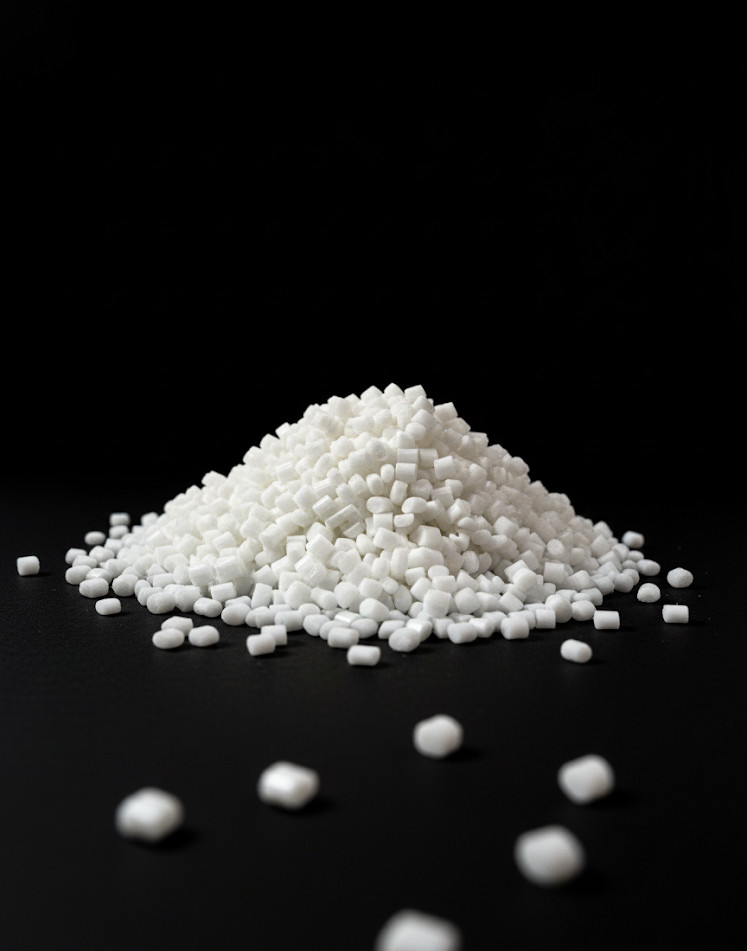
HDPE Film Grade – F7000 / 5110
HDPE film grade offers high crystallinity for superior strength, tear and stretch resistance, suitable for heavy-duty industrial bags and high-strength films.

Rotomolding Polyethylene – 3840
Rotomolding grade 3840 is ideal for large hollow products such as water tanks, providing high impact resistance, thermal stability, and uniform wall thickness.
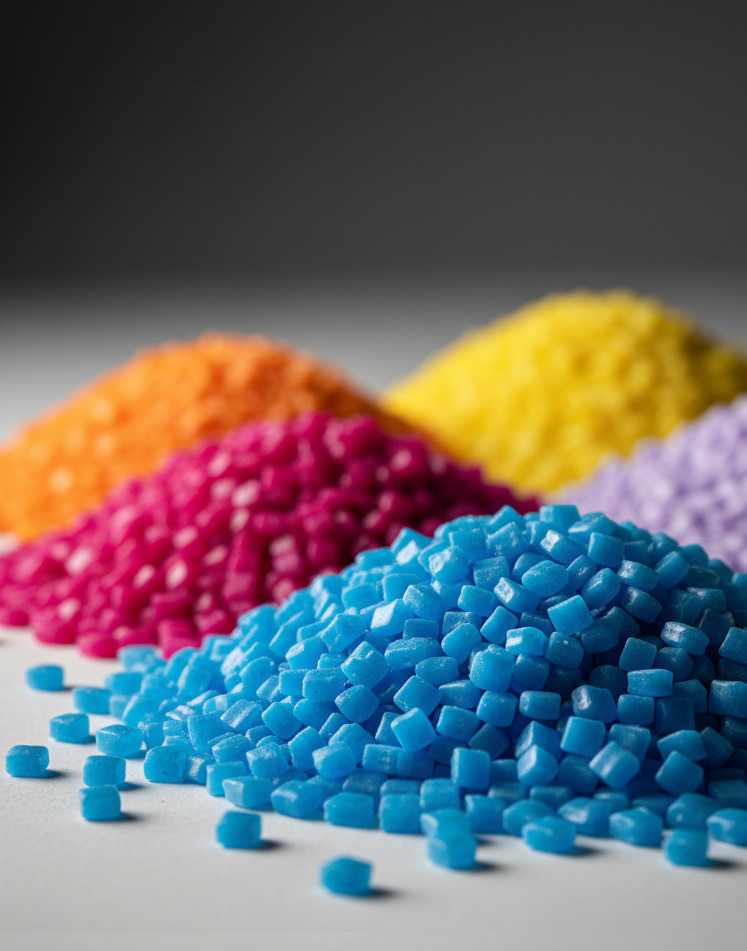
HDPE Blow Molding – BL3
HDPE BL3 is designed for blow molding of bottles and containers, providing excellent impact resistance, uniform wall thickness, and high durability.

From Polymerization to Production:
The fundamental link between Polymer Resins and High-Quality Yarns.
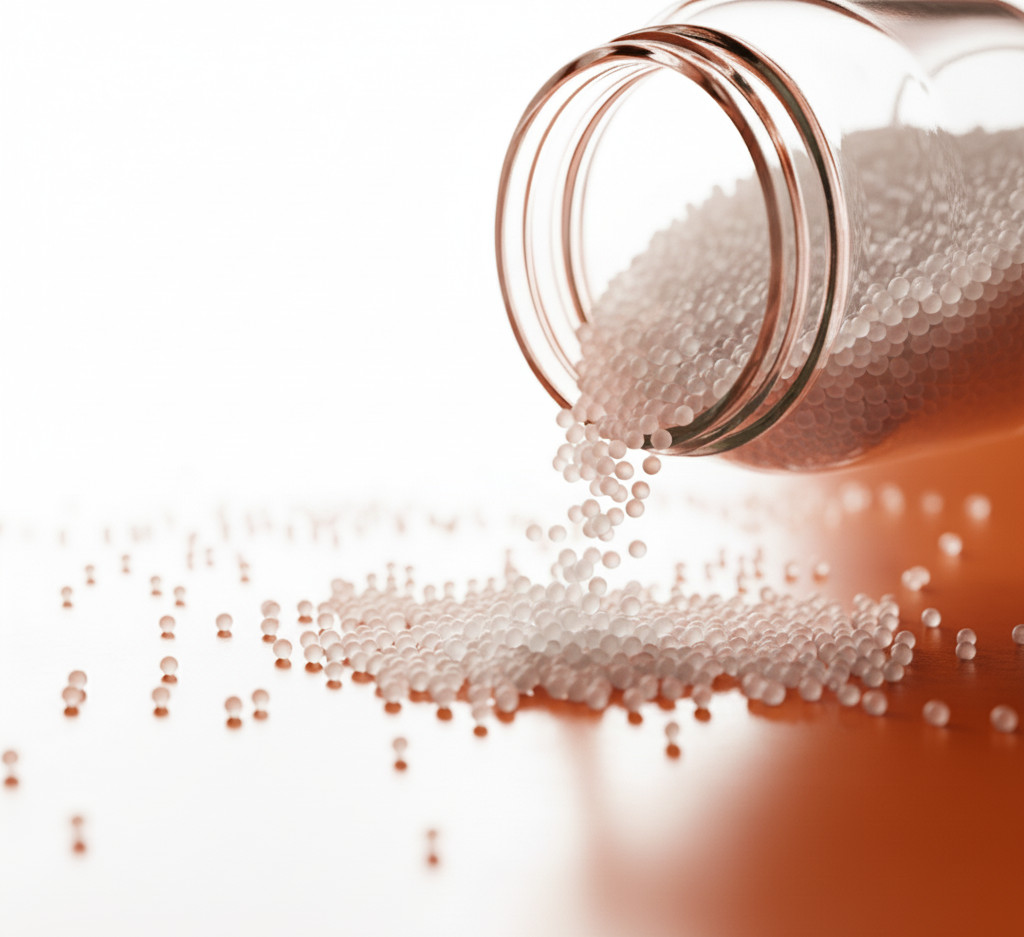
FDY (Fully Drawn Yarn)
Fully-drawn yarn (FDY), the production process is similar to the POY process, with the exception that it is fully custom-made for the thermal and stretching of the yarn, and is produced at high speed and seamlessly.
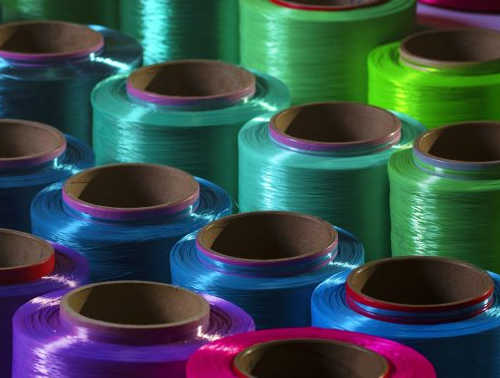
DTY (Draw Texturized Yarn)
DTY is a type of yarn that is textured to be similar to natural yarns. We are importing three types of DTY yarns including simple, intermingled and commingled.
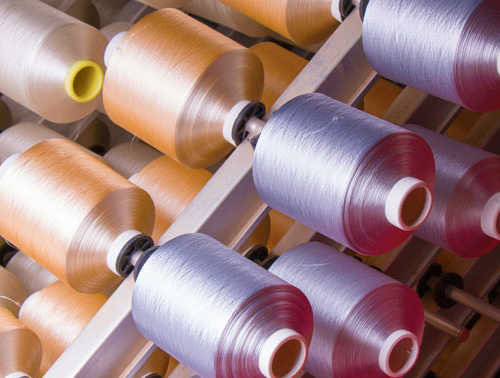
TFO (Two For One Yarn)
TFO is a method of twisting the yarn to increase the coherence feature of the yarn. We are importing ITY,FDY,DTY and BCF in one or multi layer of twisting, in the range of from 50 to 2400 deniers, and fluctuations of 40 to 1600 TPM.
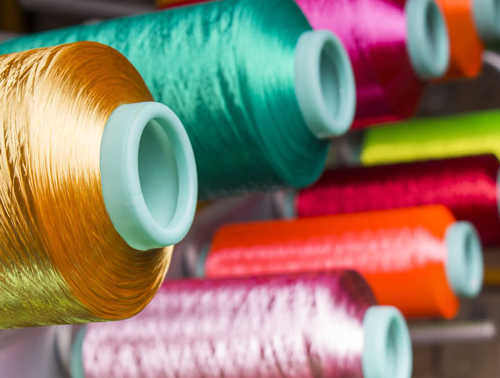
POY (Partially Oriented Yarn)
POY (Partially Oriented Yarn) yarn refers to a thread that is produced in the form of a semi-textured molecular structure due to its polymer structure, which causes an increase in length in the product.
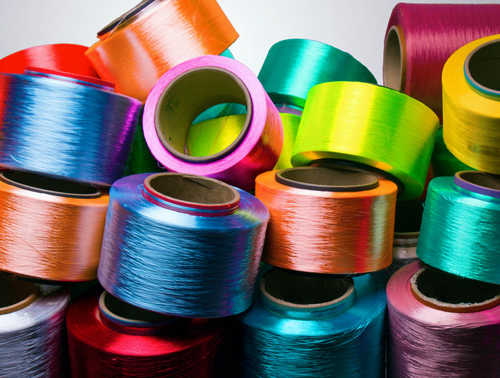
From Plastic Chip to Fabric Symphony: The Transformation of Polyester Yarn
The garments we wear, the carpets we walk on, the upholstery that graces our homes - many of these everyday textiles share a humble origin: the tiny plastic chip. In this article, we'll unveil the fascinating journey of how these chips morph into various types of polyester yarn, each playing a distinct role in the textile symphony.
The Stage is Set: Polyethylene Terephthalate (PET)
Our tale begins with PET, a wondrous polymer derived from oil and gas. These minuscule chips are melted in a furnace, becoming a molten stream ready for transformation. Think of it as liquid gold, waiting to be sculpted into textile treasures.
Birth of the Threads: From POY to FDY
The first stop on our journey is the spinneret, a precision nozzle with microscopic holes. Here, the molten PET flows into these tiny openings, solidifying into continuous filaments. These are your "Partially Oriented Yarns" or POY. POY, though smooth and strong, lacks the textural magic and enhanced strength of its fully drawn counterpart, "Fully Drawn Yarn" or FDY.
FDY undergoes an additional stretching process, aligning its internal molecules and boosting its physical properties. Think of it as giving the yarn a workout routine, making it tougher and more resilient. This transformation makes FDY ideal for applications like woven fabrics, where strength and dimensional stability are key.
Twisting the Texture: The TFO Enters the Stage
But our yarn family doesn't stop there! Enter "Two For One" or TFO yarn. While resembling FDY in appearance, TFO adds a twist - literally. TFO undergoes a twisting process, enhancing its coherence and creating a textured yarn perfect for knitted fabrics, where stretch and dimensional recovery are desired.
The Unsung Hero: POY Takes the Spotlight
POY deserves a moment in the limelight too. While lacking the strength of FDY or the texture of TFO, POY shines in its own way. Its lower cost and ease of dyeing make it ideal for blended fabrics, adding variety and affordability to the textile world.
Beyond the Basics: A Tailored Symphony
The beauty of polyester yarn lies in its versatility. Manufacturers can manipulate factors like melt temperature, drawing speeds, and quenching methods to create yarns with specific properties. This allows them to cater to diverse textile needs, from soft, breathable sportswear to durable industrial fabrics.
The Green Melody: Sustainability in the Textile Chorus
As with any industry, textile production faces environmental challenges. Fortunately, the polyester yarn world is actively seeking a greener melody. Initiatives like using recycled PET chips and incorporating energy-efficient technologies are harmonizing with sustainability goals.
Epilogue: From humble chip to textile magic
By understanding the fascinating journey of polyester yarn, we gain a deeper appreciation for the fabrics that grace our lives. From the humble PET chip to the diverse threads, these yarns orchestrate a symphony of functionality and beauty. So, the next time you admire a luxurious garment or marvel at a sturdy carpet, remember the hidden story within its threads - the incredible transformation of plastic chips into textile magic.
Price changes for DTY black 150/48 semi dull no intermingled (50531):
Price changes for DTY white 150/48 semi dull no intermingled (50532):
The Ups and Downs of Thread: Understanding Polyester Yarn Price Fluctuations
In the ever-shifting world of textiles, the price of polyester yarn, a ubiquitous player, dances a constant waltz between increases and decreases. Understanding the intricate factors influencing this dance can be crucial for manufacturers, retailers, and even conscious consumers. So, what makes this vital thread jump and jive in the face of economic winds? Let's dive into the main factors dictating the price of polyester yarn:
Crude Oil Cost
As the lifeblood of PET, the raw material for polyester, crude oil prices reign supreme in influencing yarn costs. When oil prices climb, production becomes more expensive, pushing up the yarn's bottom line. Conversely, a dip in oil prices translates to more affordable production and potentially lower yarn prices.